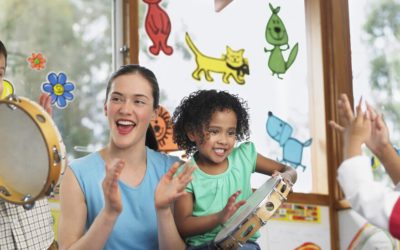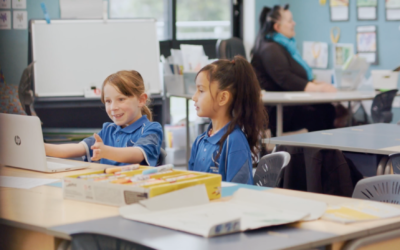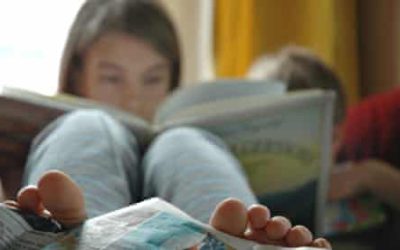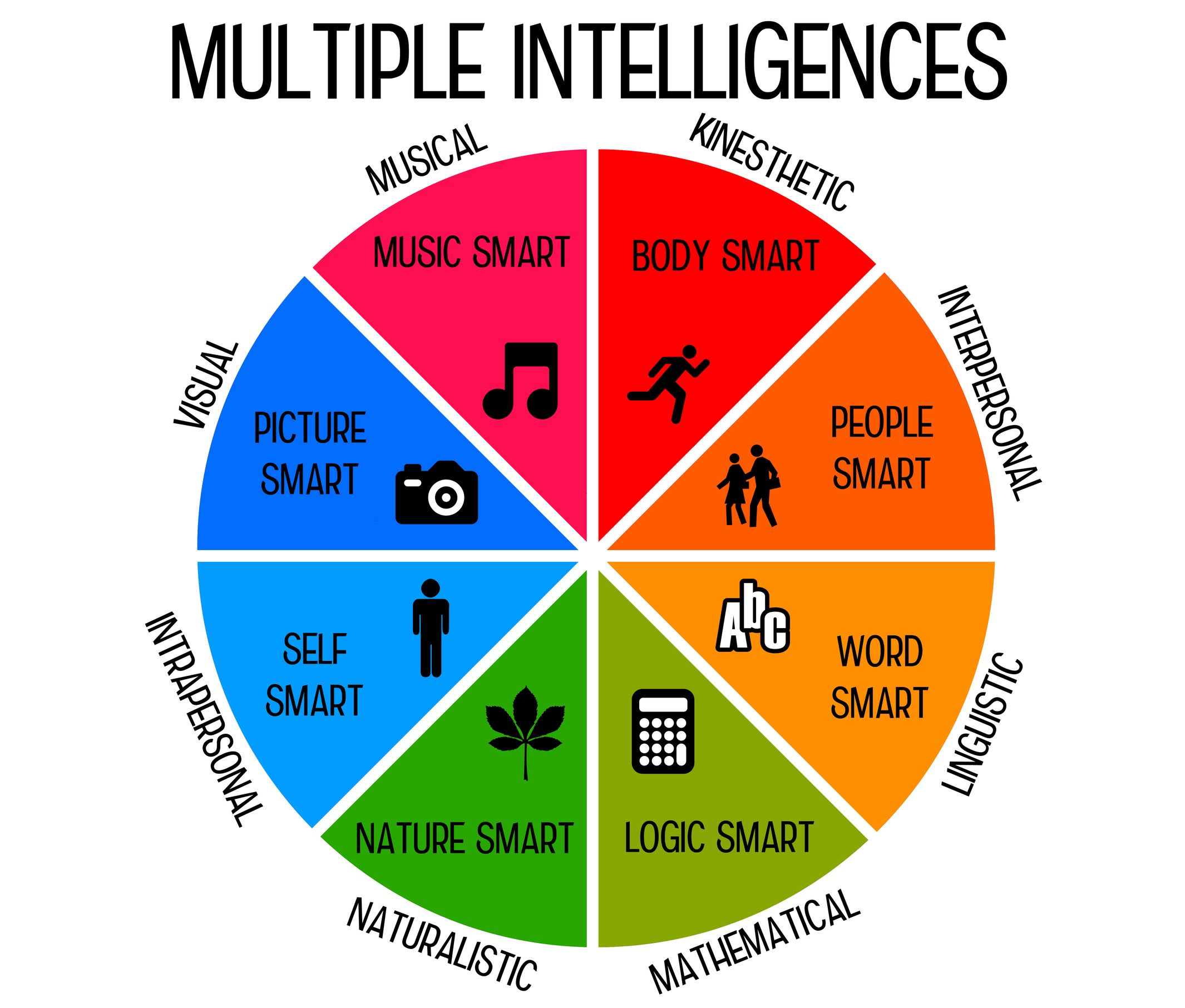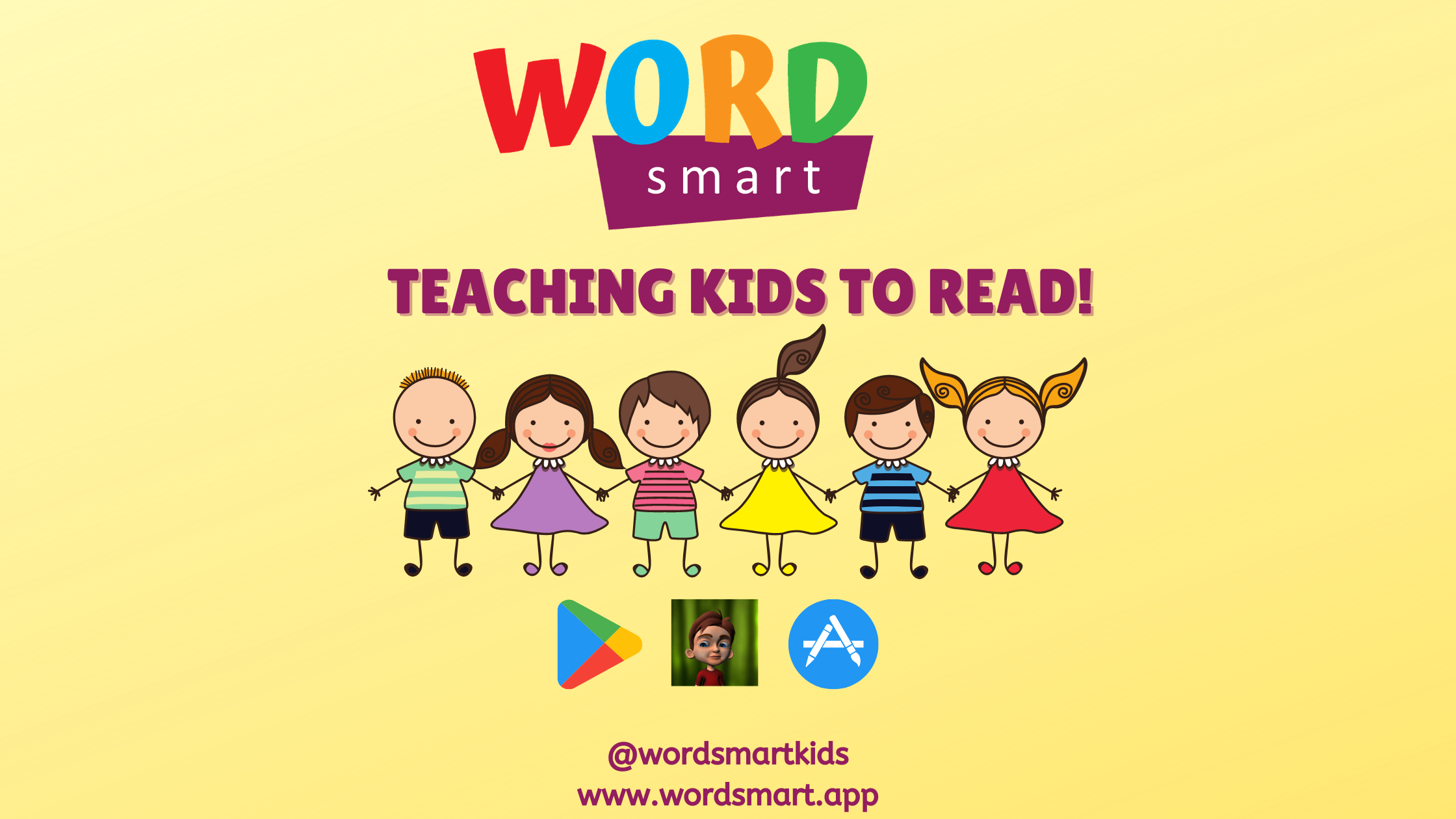WORDSMART BLOG
Play-based learning for children encouraged by educators
DEC 2018 Recent years have seen a push for play-based learning in early education centres worldwide. In fact, it’s part of New York state’s new standards for early learners, encouraging play and “active, joyful engagement”. It’s nothing new...
Play-Based Learning: What It Is and Why It Should Be a Part of Every Classroom
Renowned psychologist and child development theorist Jean Piaget was quoted in his later years as saying “Our real problem is – what is the goal of education? Are we forming children that are only capable of learning what is already...
To help dyslexic pupils, go to the root of how children learn
By David Cox, originally published in the Guardian / Mon 22 Sep 2014 14.35 BST Dyslexia isn't just about bad spelling – teachers need to try a variety of strategies to build confidence. I have this issue with how I hear words, Gareth, a 31-year-old...
Beautiful minds: uncovering the hidden talents in neurodiversity
Rather than simply accepting people with neurodiverse conditions like autism or dyslexia, what if we recognised their hidden talents? Four neurodiverse people explain how the way their brains work has been key to their success
Gardner’s Theory of Multiple Intelligences
Howard Gardner’s theory of multiple intelligences proposes that people are not born with all of the intelligence they will ever have.
This theory challenged the traditional notion that there is one single type of intelligence, sometimes known as “g” for general intelligence, that only focuses on cognitive abilities.
The Brain’s Letterbox
Humans have likely been speaking since the dawn of the species a quarter million years ago. Over evolutionary time, the human brain has been molded for language, as regions such as Broca’s and Wernicke’s areas have become specialized for speech production and perception. These aren’t new brain structures or unique to humans, but their exact functions in our hominid ancestors and primate cousins are still unclear.
A Ground-breaking Approach to Reading
We live in a precarious time, which has accelerated the use of online learning tools.
What if we could take advantage of technology for the greater good and empower all children to become successful, life-long learners with a passion for reading including those that normally fall through the gaps due to learning differences, such as dyslexia?
Educational Neuroscience – Finding your personal learning sweet spot
We are born with a natural thirst for knowledge. Biologically, the highest concentration of happy hormones (endorphins) in our body is found in the learning centers of our brain. This means we are hardwired to learn. It also means learning brings us great joy.
Just imagine what you would rather do – engage in a stimulating activity like reading or drawing or staring at a blank wall? The answer is fairly simple..

